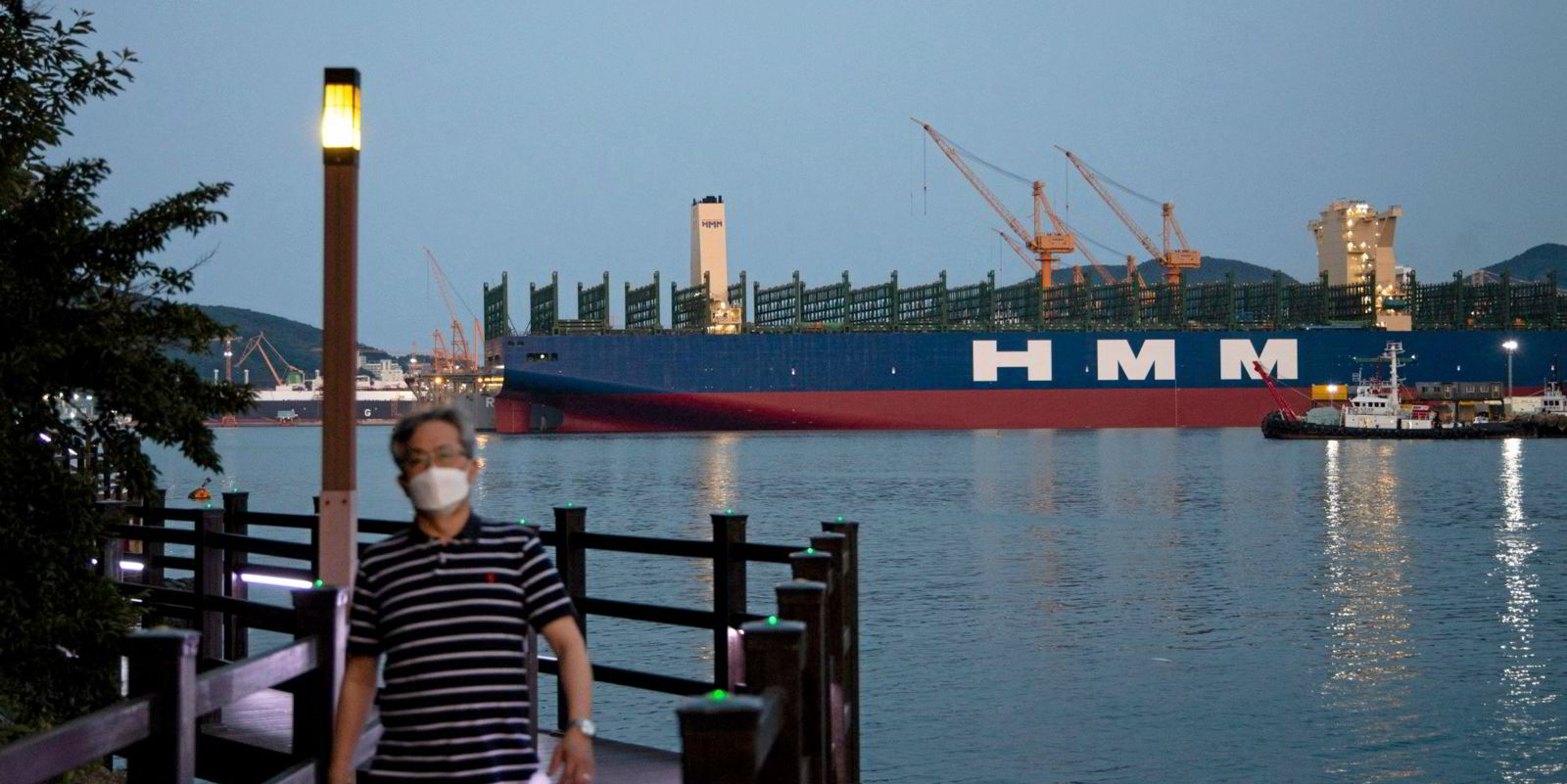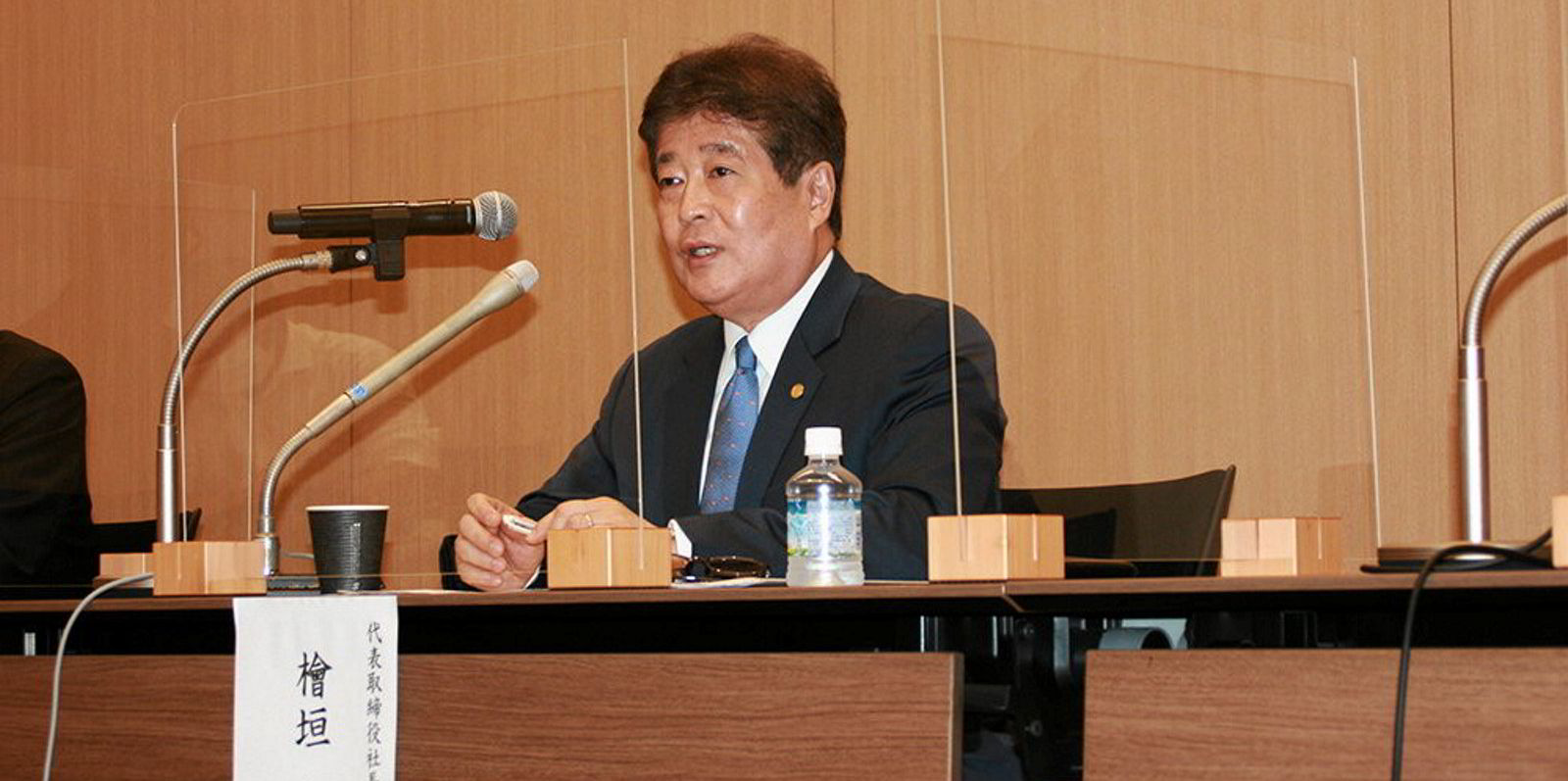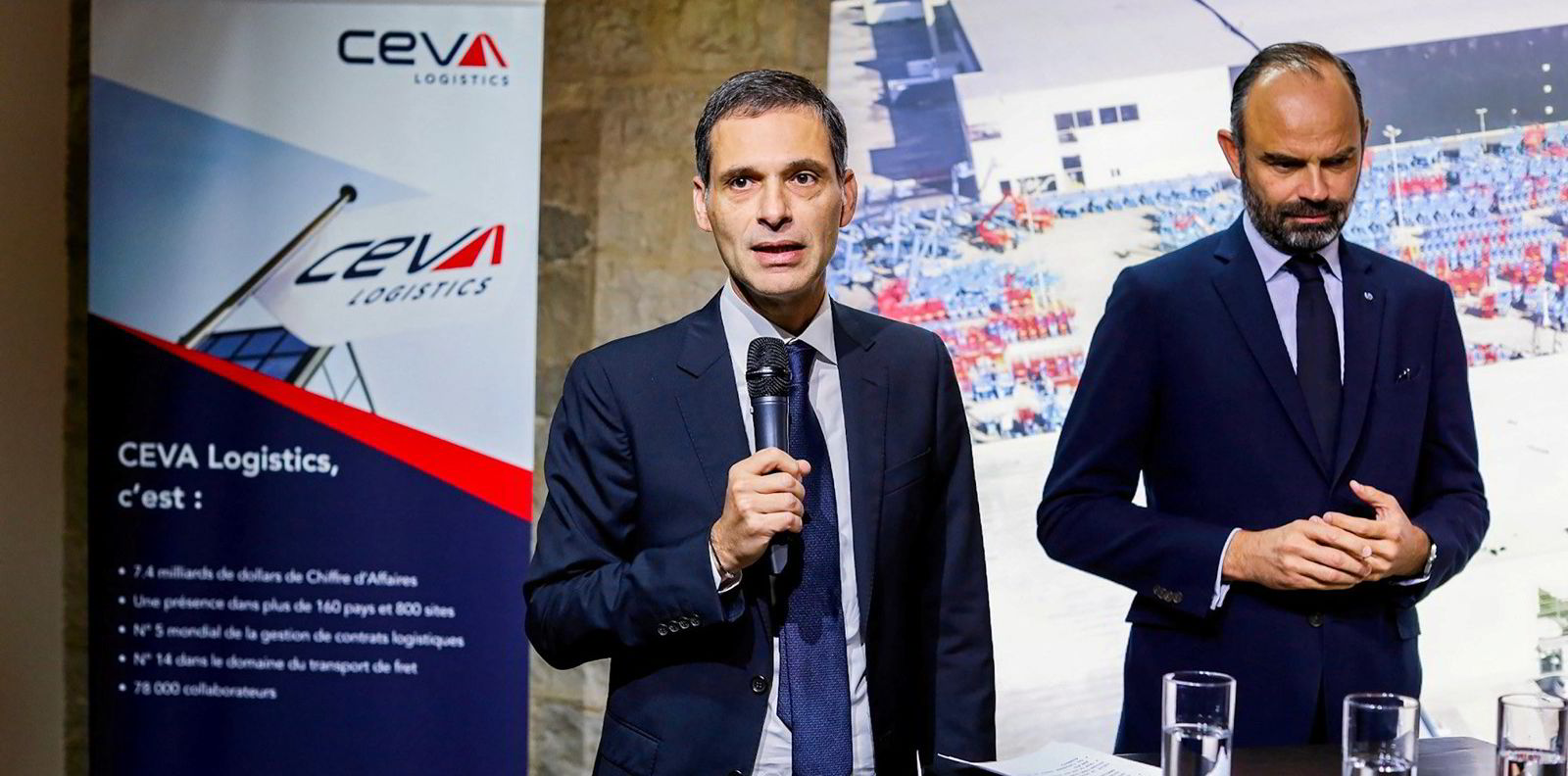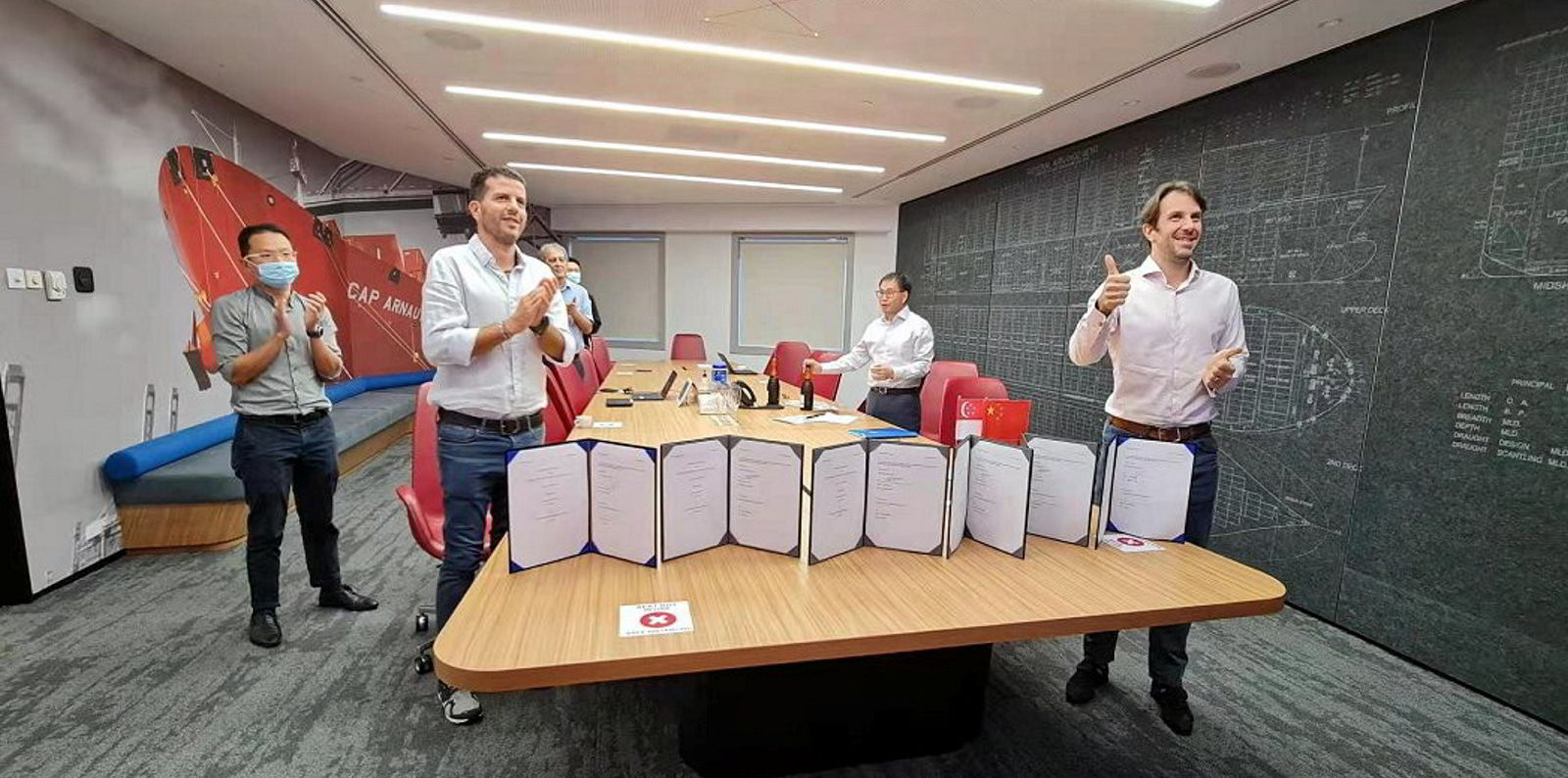A frantic rush to contract container ship newbuildings appears to be running out of steam as yards report a drop in fresh enquiries.
The cooling comes as the container freight market comes off its record-breaking peak, and a huge backlog of boxship orders makes the sector a risky investment at today’s prices.
“Generally, everyone thinks too many container ships have been ordered in the last 18 months by large liner carriers, tonnage providers and newcomers to the boxship market,” one shipyard manager .
Clarksons Research figures show container ship newbuildings amounting to 900 units of 7m teu have been added to orderbooks since the end of 2020.
The backlog has reached a record high of 76m dwt, compared with 35m dwt for tankers and 69m dwt for bulkers.
“Liner companies are reviewing their fleet replacement plans in the light of global inflation and recession,” added the yard manager, who said investors are now analysing other industrial sectors to see where world trade is going.
“They are studying the share prices of electronic companies to get a bearing,” he said.
High shipbuilding prices have also been cited as another reason contributing to the slow down in orders.
Yards are now looking for about $250m for an LNG dual-fuel 23,000-teu newbuilding compared with $165m last year.
The industry’s biggest operators, such as AP-Moller Maersk, CMA CGM and Cosco Shipping, which still need tonnage to serve the growing liner trade, are cash rich after a two-year profit bonanza and able to continue investing.
“Only companies that have deep pockets, such as the big liner players, are in the position to invest in new tonnage,” a shipbuilding analyst said.
But it is a different picture for pure shipowners that are looking for investment opportunities.
“Tonnage suppliers will only order newbuildings if they have got employment contracts lined up — speculative orders are just too risky for them,” he said.
Increased enquiries for tankers
As interest in container ships cools, shipyard managers said they are receiving more enquires for MR, LR2 and suezmax tanker newbuildings.
Investors sense the market is turning in favour of tankers as charter rates improve and because of the impact of geopolitical tensions and conflict between Russia and Ukraine.
“The Russia/Ukraine war has resulted in longer tonne-miles for tankers,” one shipyard manager said. “There were also less orders for tanker newbuildings in the past two years. The volume of newbuildings for tankers is much lower than other ship types.”
Surprisingly, yards said shipping companies are enquiring about conventional-fuelled tankers and not dual-fuel ships.
Suezmax tanker owner CM Lemos is one company to have invested in tanker newbuildings. It made a debut in the LR2 segment with an order for three 115,000-dwt product carriers at Hyundai Vietnam Shipbuilding.
Other owners that have put down their money on LR2s included Metrostar Management, Neda Maritime Agency, Navios Maritime Partners, Thenamaris and China Merchants Energy Shipping.
Shipyards said they will not get too worried if the shipbuilding market starts to slow down.
“Do not expect shipyards to drop their newbuilding prices as shipbuilding material and labour costs are not coming down,” a shipyard manager said.
Shipbuilders are sitting on healthy orderbooks, with some yards having sold out their early 2025 berths.
“Shipyards are not eager to sell their forward delivery slots as material costs and currency exchange are unpredictable,” the yard manager added.
In the dry bulk sector, Japanese yards have attempted to raise their prices from about $32m for a 64,000-dwt bulk carrier to $40m.
The yards — mostly full to the end of 2024 — want to cover the rise in the cost of shipbuilding materials over the past year and to hedge against future increases.
Current steel plate price negotiations between Japanese yards and steel mills are reported to be more than ¥150,000 ($1,100) per tonne, which is twice the price level of two years ago.
However, it appears that the attempt to increase prices has priced many buyers out of the market. Reports in Japan suggest the price push has met with only limited success, as many buyers consider investment in the dry bulk sector too risky at today’s price levels.






